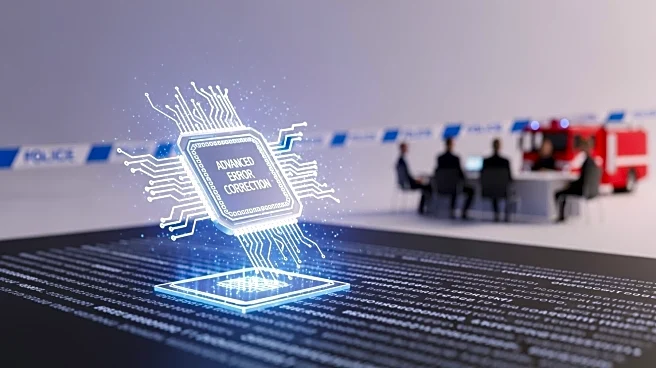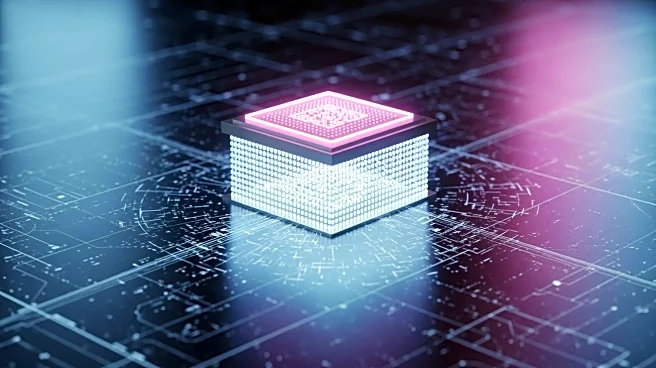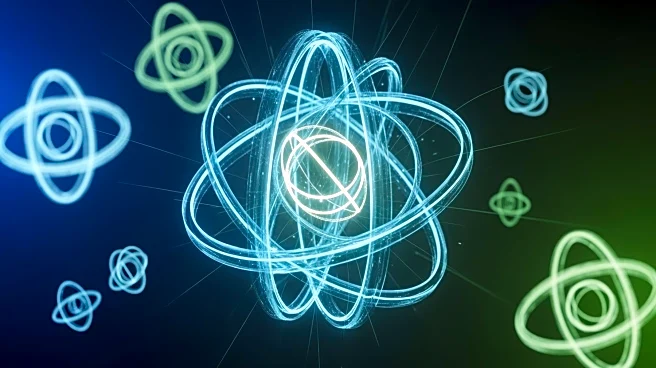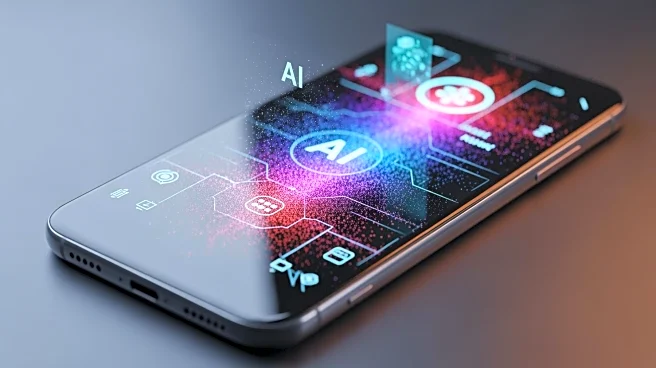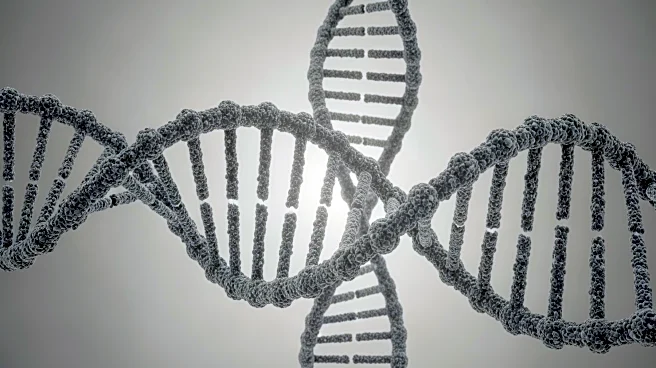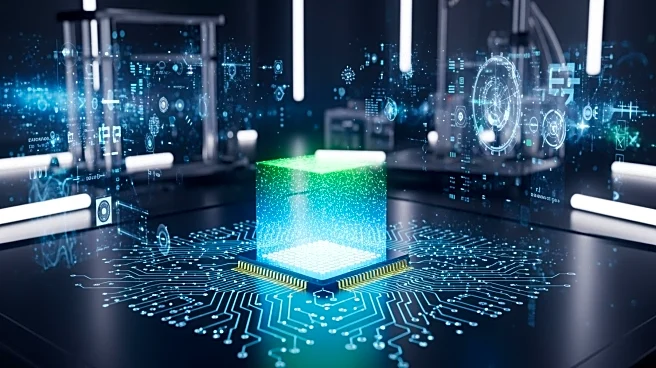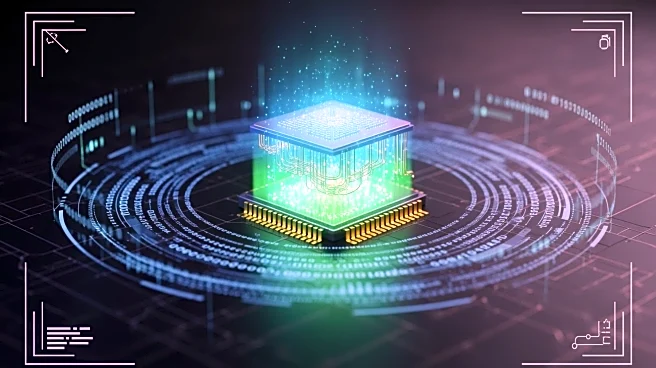What's Happening?
Recent advancements in quantum computing have demonstrated the potential of dynamic surface codes to enhance quantum error correction. Traditionally, quantum error correction has relied on static syndrome
checks to correct logical information despite faulty qubits. However, new time-dynamic approaches have been developed, allowing for different codes and implementations that do not depend on static measurements. This breakthrough was achieved by embedding the surface code onto a hexagonal grid, reducing qubit connectivity requirements, and using iSWAP gates instead of the conventional CNOT/CZ gates. These innovations were tested on Willow processors, optimized for standard surface code circuits, showcasing improved error suppression from distance-3 to distance-5. The dynamic circuits represent a significant departure from previous assumptions about necessary hardware and gatesets, offering flexibility in hardware implementation.
Why It's Important?
The development of dynamic surface codes marks a significant leap in quantum computing, potentially revolutionizing how quantum error correction is implemented. By reducing hardware demands and increasing flexibility in circuit design, these advancements could lead to more efficient and scalable quantum processors. This is crucial for the future of quantum computing, as it promises to enhance computational reliability and performance, making quantum technology more accessible and practical for various applications. Industries relying on complex computations, such as cryptography, optimization, and machine learning, stand to benefit significantly from these improvements, potentially leading to breakthroughs in technology and science.
What's Next?
The successful demonstration of dynamic surface codes opens the door for further research and development in quantum error correction techniques. Future efforts may focus on optimizing hardware around these new circuit designs, potentially leading to the creation of more advanced quantum processors. Additionally, the flexibility offered by these dynamic codes could inspire new approaches to quantum computing, encouraging innovation in both academic and commercial sectors. As researchers continue to explore these possibilities, the quantum computing landscape is likely to evolve, with potential impacts on technology, industry, and society.
Beyond the Headlines
The shift from static to dynamic quantum error correction methods may have broader implications for the ethical and legal dimensions of quantum computing. As quantum technology becomes more reliable and widespread, issues related to data security, privacy, and intellectual property could become more prominent. Furthermore, the cultural impact of quantum computing advancements may influence public perception and acceptance of emerging technologies, shaping future societal norms and expectations.
